Common Noun – Definition, Features, Types, Examples, and Usage in sentences
What is Common Noun?
A common noun is a noun that refers to general people, places, things or ideas (as opposed to a proper noun that refers to a specific person, place or thing). Common nouns are not capitalized unless they start a sentence or are part of a title.
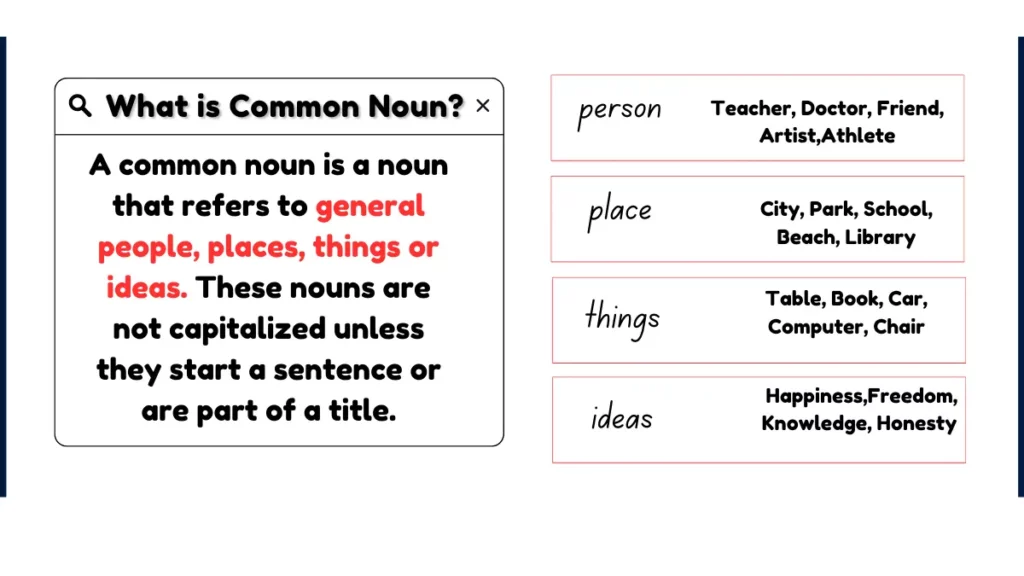
Features of Common Nouns
Here are some features of common noun that you can use to recognize common nouns:
- They only give a general name for things, not specifics. Saying “the boy” doesn’t tell you what boy.
- They name broad categories of people, places and things. Words like “country”, “musician”, and “painting” are common nouns.
- They can usually be counted. You could have one toy or ten toys.
- They often classify items with similar qualities. “Fruit” includes anything sweet and grows on a plant or tree, like apples and oranges.
- They are not capitalized unless beginning a sentence. For example, we write “The students went to school” with lower case s.
- Common nouns contrast proper nouns that name specific, individual people, places or things. Like “Sara” or “Detroit”.
Common Nouns List
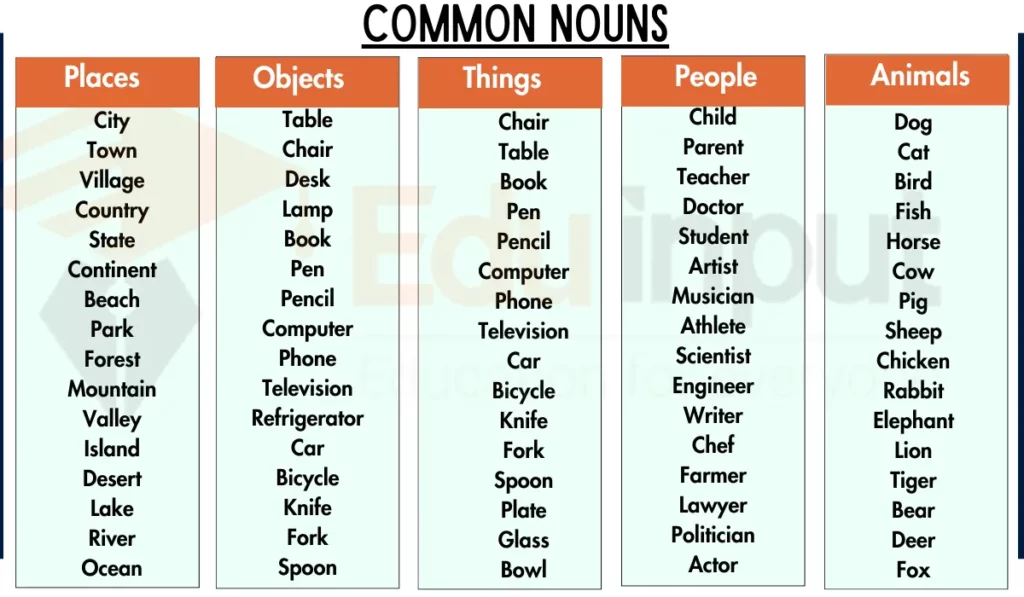
Types of Common Nouns
Here are some types of common noun:
1: Abstract Nouns
These refer to intangible concepts, ideas, qualities, or states.
Examples
- Smiles and laughter show happiness.
- Facing fears is an act of bravery.
- Helping friends is a sign of kindness.
2: Concrete Nouns
Concrete Nouns refer to physical, tangible entities that can be perceived by senses.
Examples
- We eat dinner on a big table.
- Sandcastles on the beach are so much fun.
- My neighbor’s dog is fluffy and playful.
3: Collective Nouns
A collective noun is a word for groups of things or people, like families, teams, or herds.
Note: Collective nouns can be countable (e.g., team) or uncountable (e.g., furniture).
Examples
- Our family went on a picnic.
- The soccer team won the game.
- A herd of sheep grazes in the field.
4: Countable Nouns
A countable noun is a word for something you can count individually, like apples, cars, or friends.
Examples
- I have three apples for a snack.
- The street has many colorful cars.
- In the park, children play together.
5: Uncountable Nouns
An uncountable noun is a word for something you can’t count separately, like water, advice, or happiness.
Examples
- Can I have a glass of water, please?
- Mom gave good advice for school.
- The party filled the room with happiness.
Uncountable nouns typically use singular verbs and cannot be directly preceded by indefinite articles (“a” or “an”).
6: Singular noun
A singular noun is a word that names one person, place, thing, or idea.
Example
- I have a cute cat.
- Our house is painted blue.
- Sarah is my best friend.
7: Plural noun
A plural noun is a word that names more than one person, place, thing, or idea.
Example
- Three cats are playing in the yard.
- There are many houses on this street.
- I invited my friends to the party.
Examples of Common Noun Based on Different Entities
Here are some examples of common noun based on different entities.
Keep in mind that Common nouns are the ones that are BOLD in the following examples. And nouns next to them are given to show how all these examples come under a common word, that is a common noun.
Human Beings as common noun
- Person: e.g., teacher, doctor, friend
- Child: e.g., boy, girl, toddler
- Adult: e.g., man, woman, senior
- Occupation: e.g., engineer, artist, chef
- Family Member: e.g., father, mother, sibling
Animals as common noun
- Mammal: e.g., dog, cat, elephant
- Rodent: e.g., mouse, rat, squirrel
- Aquatic Animal: e.g., fish, whale, dolphin
- Wild Animal :e.g., lion, tiger, bear
- Domestic Animal: e.g., horse, cow, chicken
Birds as common noun
- Bird of Prey: e.g., eagle, hawk, owl
- Waterfowl: e.g., duck, goose, swan
- Songbird: e.g., robin, canary, nightingale
- Flightless Bird: e.g., ostrich, penguin, emu
- Bird of Paradise: e.g., peacock, flamingo, toucan
Insects as common noun
- Flying Insect: e.g., butterfly, bee, mosquito
- Crawling Insect: e.g., ant, beetle, spider
- Hopping Insect: e.g., grasshopper, cricket, flea
- Stinging Insect: e.g., wasp, hornet, fire ant
- Flying Beetle: e.g., ladybug, dragonfly, moth
Reptiles as common noun
- Snake: e.g., cobra, python, rattlesnake
- Lizard: e.g., gecko, chameleon, iguana
- Turtle: e.g., tortoise, sea turtle, terrapin
- Crocodilian: e.g., alligator, crocodile, caiman
- Amphibian: e.g., frog, toad, salamander
Places as common noun
- City: e.g., New York, Tokyo, Paris
- Country: e.g., Brazil, India, Australia
- Landform: e.g., mountain, valley, beach
- Building: e.g., house, school, hospital
- Natural Feature: e.g., river, forest, desert
Objects as common noun
- Tool: e.g., hammer, screwdriver, pliers
- Furniture: e.g., table, chair, sofa
- Electronic Device: e.g., computer, smartphone, television
- Appliance: e.g., refrigerator, microwave, dishwasher
- Vehicle: e.g., car, bicycle, airplane
Ideas as common noun
- Concept: e.g., love, happiness, time
- Philosophy :e.g., democracy, freedom, justice
- Feeling: e.g., anger, excitement, curiosity
- Value: e.g., honesty, integrity, respect
- Emotion: e.g., sadness, fear, surprise
Food as common noun
- Fruit: e.g., apple, banana, orange
- Vegetable: e.g., carrot, broccoli, potato
- Grain: e.g., rice, wheat, oats
- Dairy Product: e.g., milk, cheese, yogurt
- Meat: e.g., chicken, beef, pork
Vehicles as common noun
- Car: e.g., sedan, SUV, truck
- Bicycle: e.g., mountain bike, road bike, cruiser
- Public Transport: e.g., bus, train, subway
- Watercraft: e.g., boat, yacht, kayak
- Aircraft: e.g., airplane, helicopter, glider
Clothes as common noun
- Top: e.g., shirt, blouse, T-shirt
- Bottom: e.g., pants, skirt, shorts
- Footwear: e.g., shoes, sandals, boots
- Outerwear: e.g., jacket, coat, sweater
- Accessory: e.g., hat, scarf, belt
Usage in sentences
- The fan cheered loudly at the basketball game.
- The cake was covered in colorful sprinkles for the party.
- The boy rode his bike around the park.
- The teacher helped the children learn math.
- The butterflies flew among the flowers in the garden.
- The musician played guitar in the band.
- The firefighter puts out fires to help people.
- The baby crawled across the floor to her toy.
- The movie we watched was very funny.
- The store sells food, clothes and other things.

 written by
written by 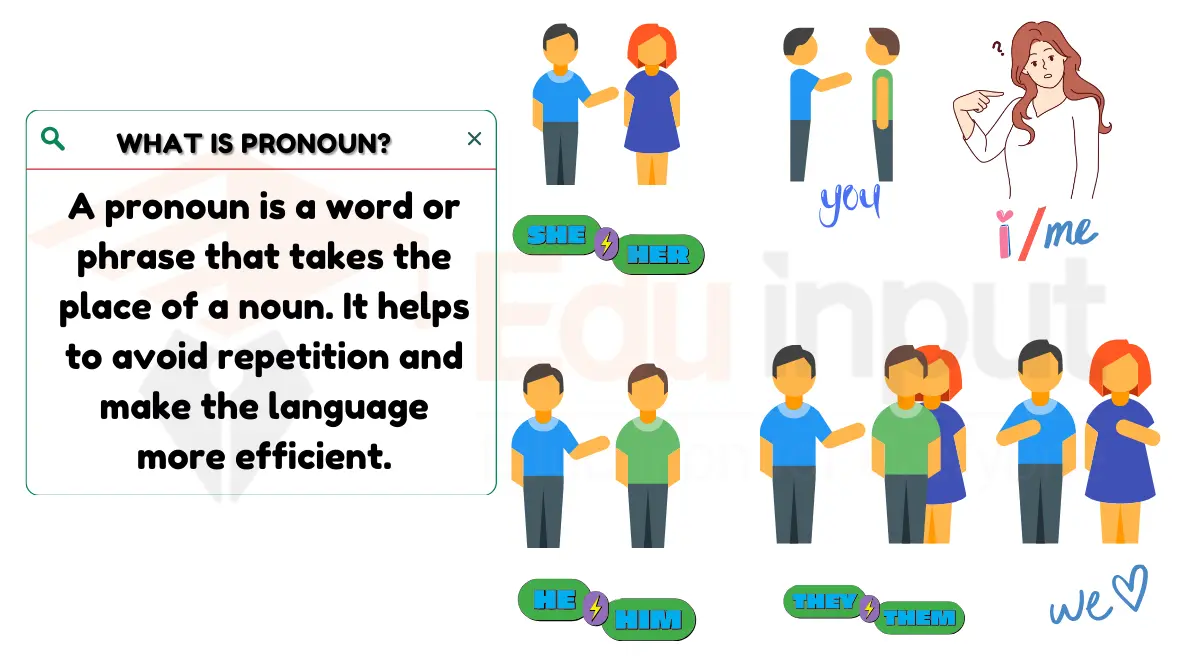
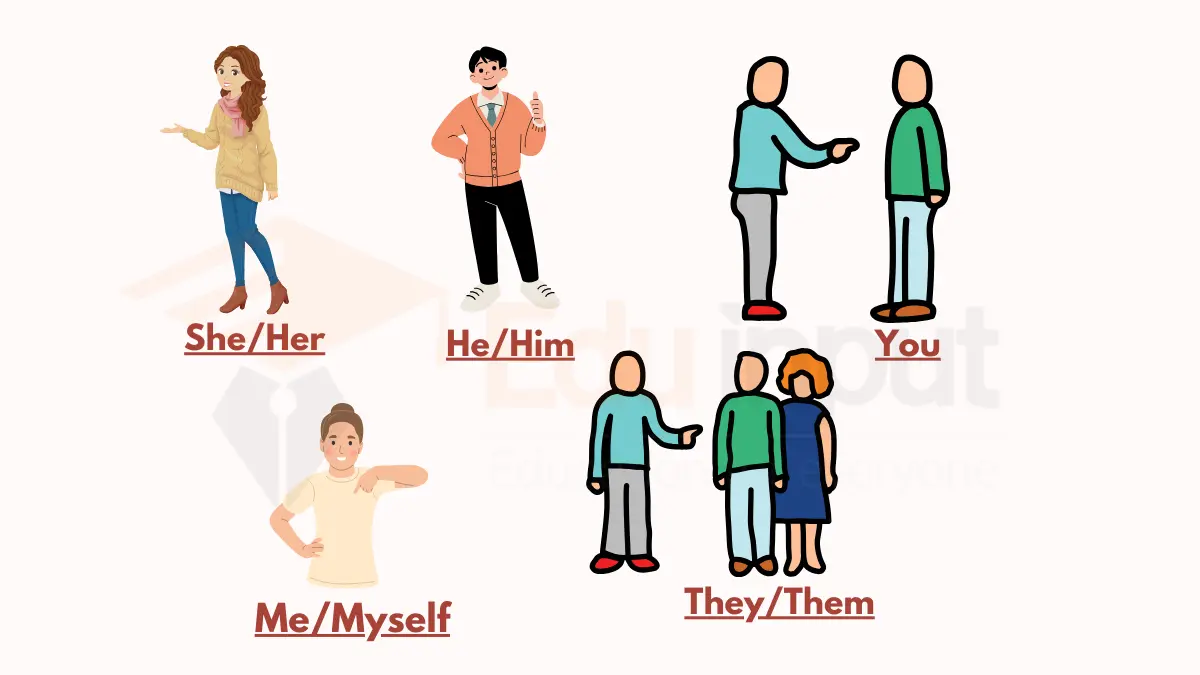
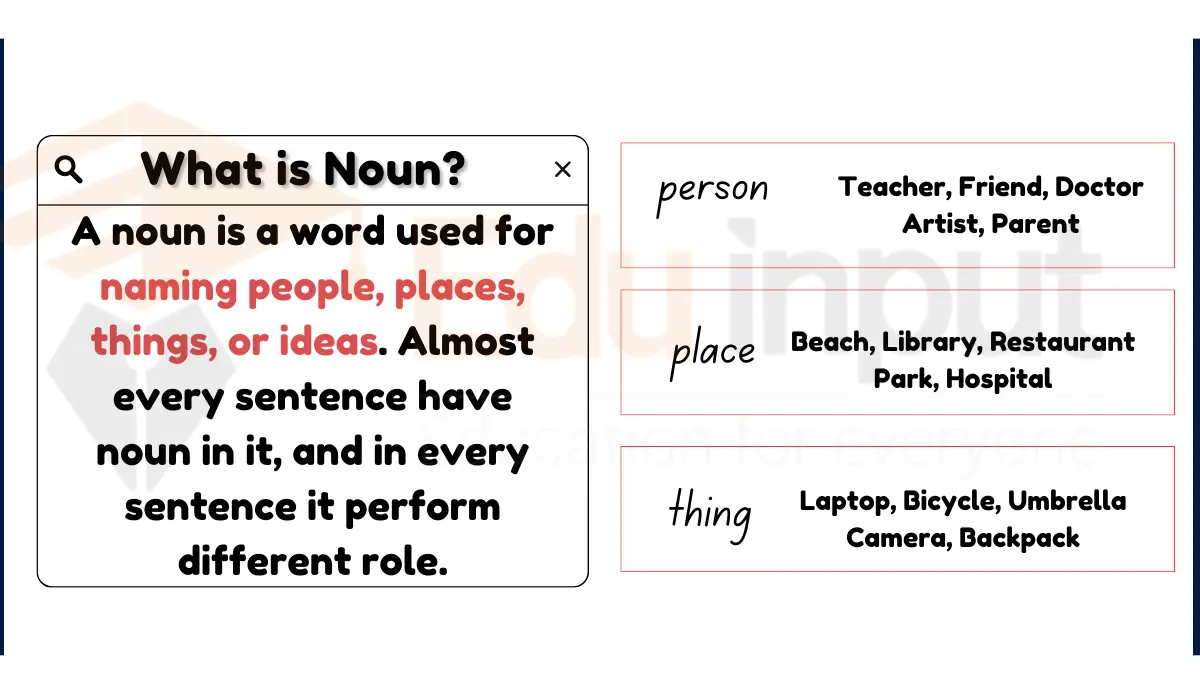
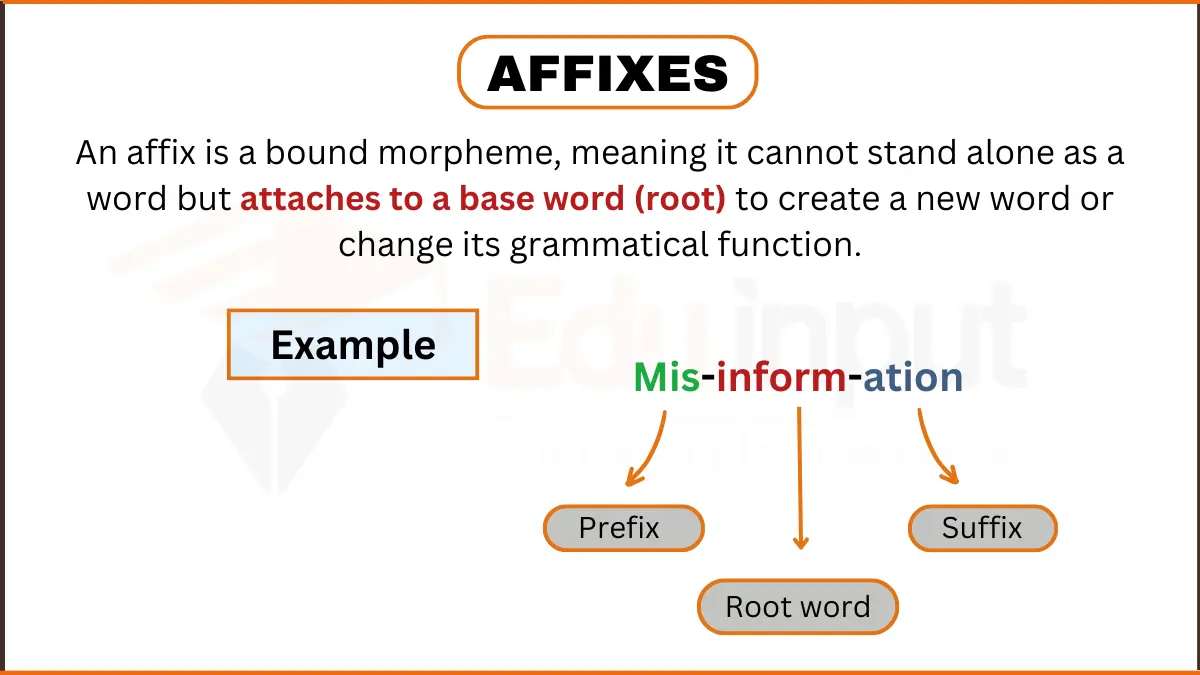


Leave a Reply